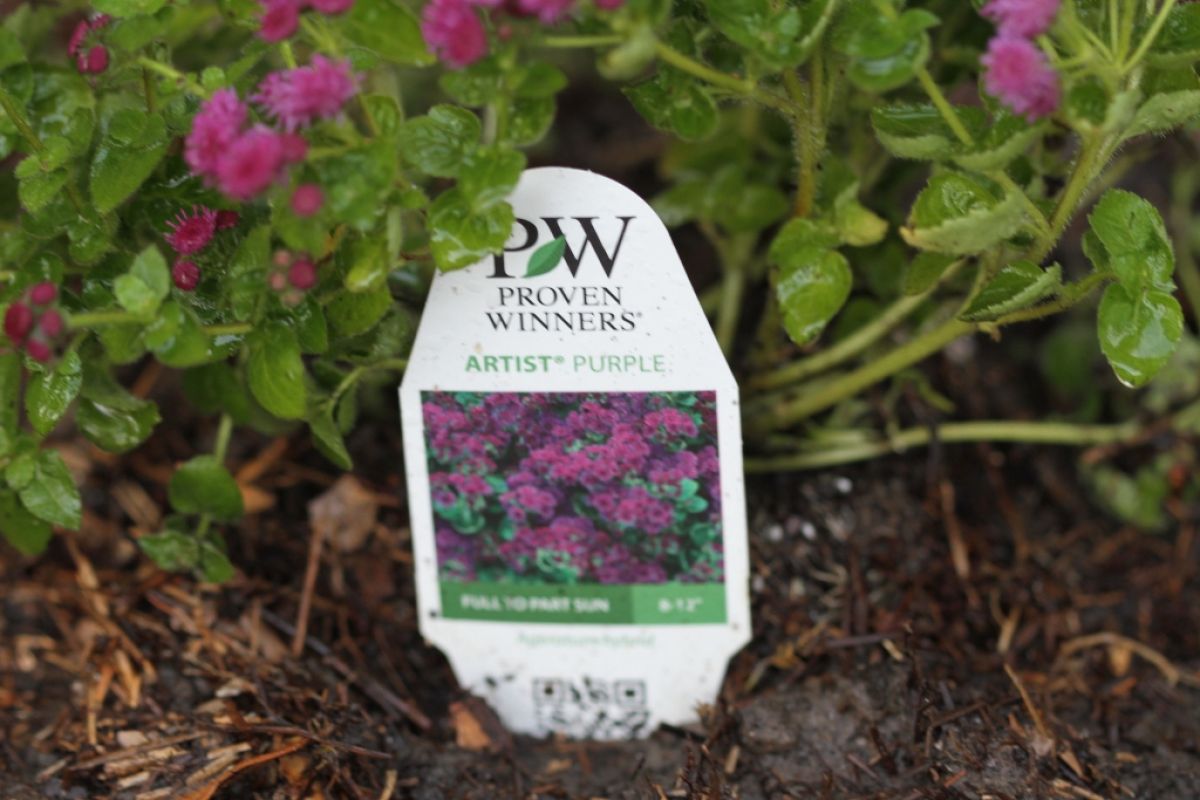The first Plant Patent Act in 1930 allowed flower breeders to patent the plants that they bred or discovered, but seeds were excluded. The majority of flowering plants first patented were roses, and even though it was during the great depression, no food plants were patented.
In 1970 the Patent Act was amended to include varieties produced from seed, and lettuce, beans, wheat, and cotton were then included. In 1995, the patents’ length of time was extended, so that now breeders can collect royalties on a plant for 20 years.
After 20 years, the plant can be sold without the breeder receiving royalties. The wave petunia was the first petunia developed and patented. It was the first that did not need to be deadheaded to keep blooming so has always been very popular and comes in many different colors, and its patent has now expired. However, many other cultivars with no need to be deadheaded have now come on the market, but most are still under patent.
Plant scientists describe the wave petunia as the lab rat of flowers since it was and still is used in many bioengineering flower trials. It has even been used in trials to develop a blue rose.
The “patent police” regularly visit businesses that sell plants to check that each patented plant has a tag certifying the patent has been paid. So don't ever remove the tag from a plant you are examining in a nursery before purchasing it! Remember, the new varieties are usually more expensive than plants where the patent has expired.
This is Moya Andrews, and today we focused on patents.










